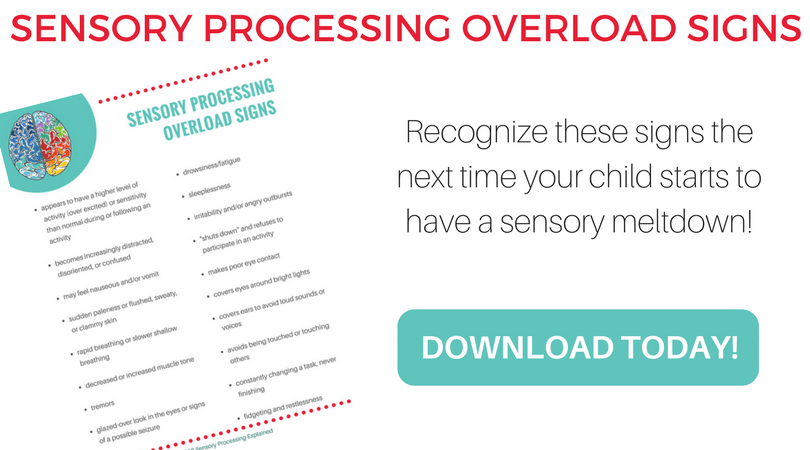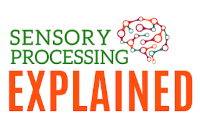
Do any of these behaviors sound familiar?
- A child is unable to focus during an activity.
- Another child fidgets constantly.
- One child seems to daze off and has a hard time being redirected to the task.
- Another child may have angry outbursts for no apparent reason.
What do these behaviors have in common? These behaviors can all be signs of sensory overload.
Sensory overload is when the body is unable to process, organize, and respond to all the incoming sensory input. Things we feel, taste, smell, see, hear, and movement, either our own or those around us, are always fighting to our attention. Most of us learn how to tune out or adapt to these distractions when we need to focus on something.
But for children with sensory processing challenges, they struggle to adapt. Their body’s respond by becoming overstimulated and overloaded with sensory input that their brain cannot recognize and adapt to.
For those of us who work with children in the classroom or one-on-one setting, or have children with sensory processing challenges, it’s important to recognize these signs of sensory overload that may be affecting a child’s behaviors in the classroom, clinic, and home.
Enter your email address below to get your sensory processing overload signs free download. You will receive occasional updates and promotional emails from Sensory Processing Explained. You can unsubscribe at any time.
By downloading this freebie, you are agreeing to our terms of use and privacy policy.

